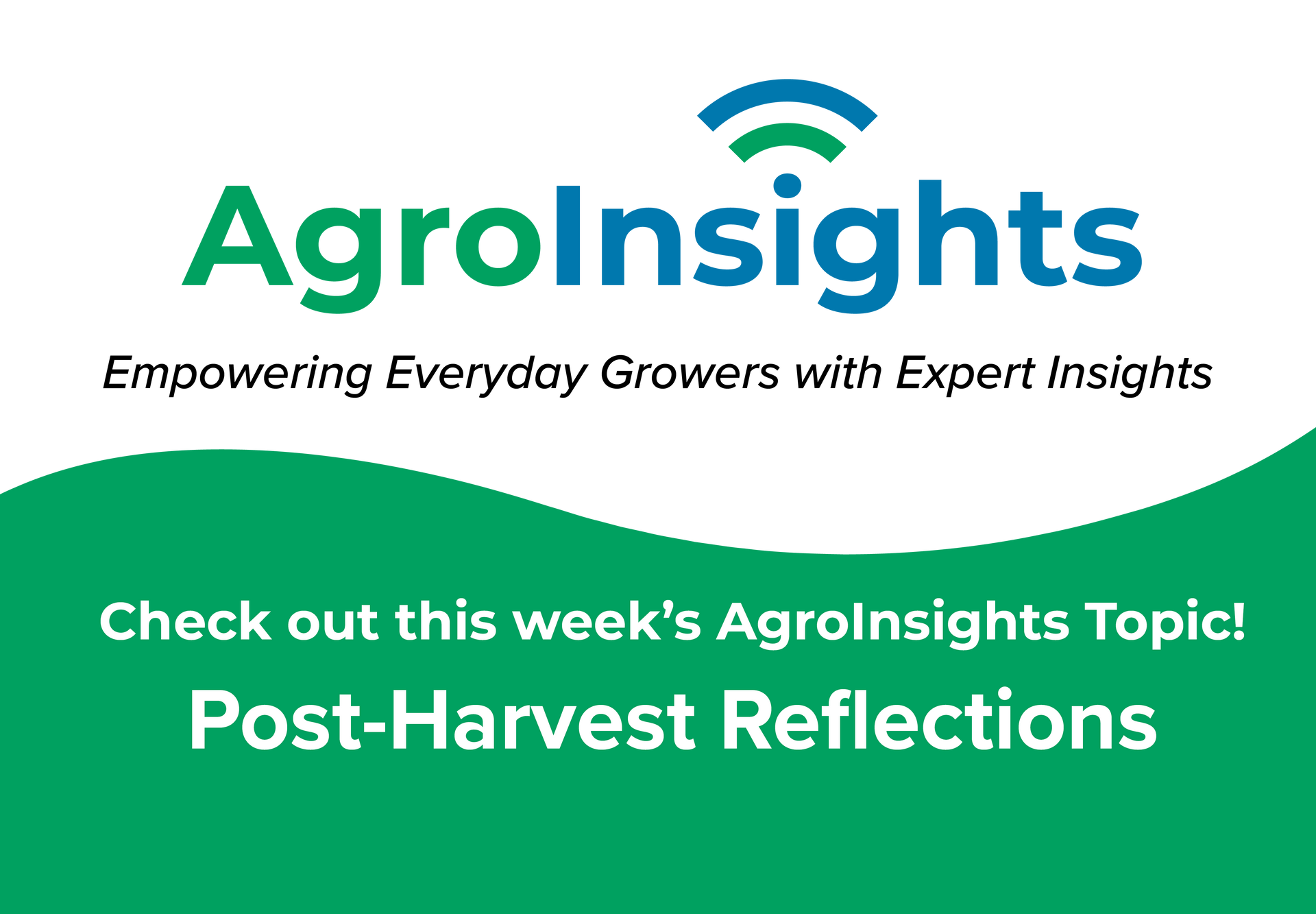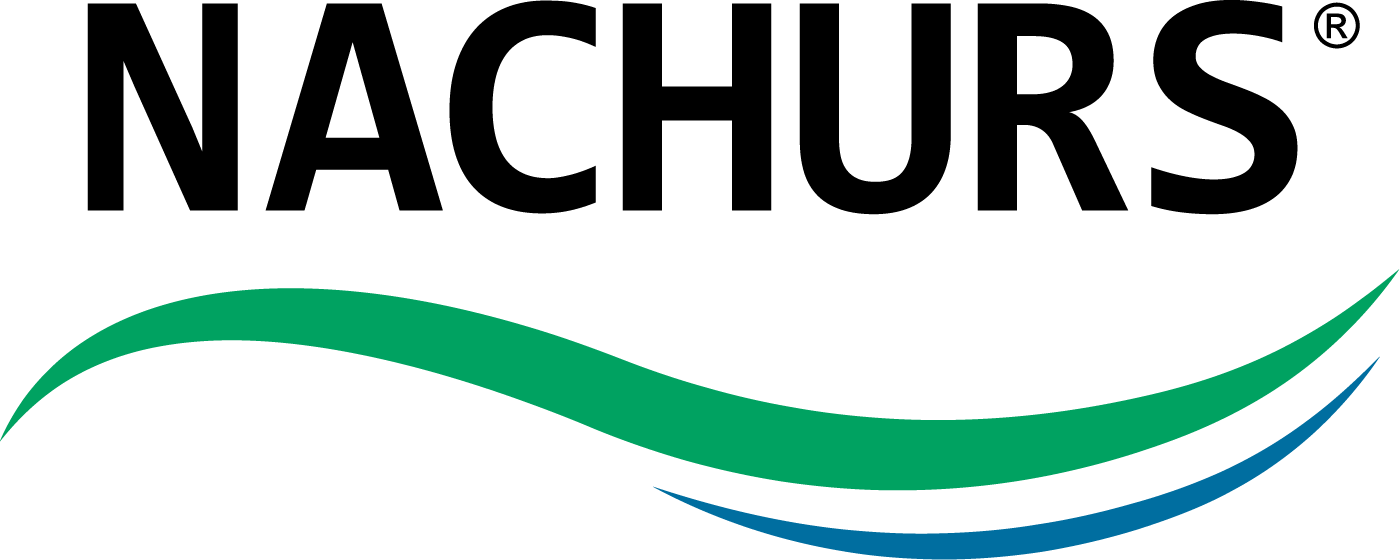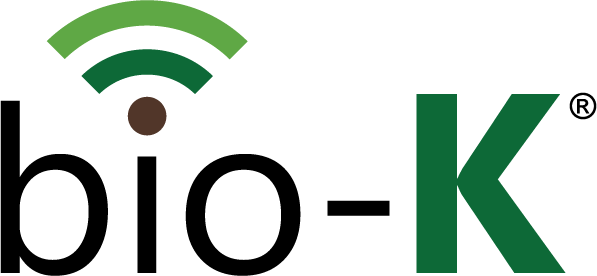Potassium is a very unique nutrient
Potassium is absorbed into growing crops at a rate that is greater than any other nutrient except for nitrogen. It behaves differently than other nutrients, both in the soil and in the plant. Most K uptake occurs during the vegetative stages of development. By the time the crop is flowering or set grain, most root uptake of K will cease. When the roots are no longer able to supply additional K, it must be moved out of the leaves and then used for fruit or grain production. At this time the amount of K in the leaves becomes extremely critical because adequate K is essential to ensure good seed fill, kernel weight and ultimately crop quality. Availability of potassium to the growing plant depends on many factors unique to each individual field: Quantity – soils with low K tests will certainly benefit from added K fertility. However, the amount of K in the soil alone tells very little. Amount of available K - Usually on 1-2% of the K in the soil is available. Other K is “exchangeable” or “nonexchangeable”. Cation Exchange Capacity – many labs report an increase in the “critical level” for soil K as soil CEC increases. Higher CEC soils have more sites for K and other nutrients to attach. Because of this, more is necessary to ensure an adequate supply remains as available K. Type of clay in the soil - Some soils have clay types that can fix large amounts of K from fertilizers or other sources. This may reduce the availability of K to the crop. Soil temperature, moisture, and tilth – Cold soil temperature, excessive moisture or drought, and soil compaction all create conditions which limit K uptake. The crop, the variety or hybrid, plant population, and yield – It is well understood that different crops have differing demands for K. However, different varieties of the same crop may utilize potassium more or less efficiently than other hybrids. Higher plant populations create greater demand for potassium; and finally ever-increasing yields create greater demands for potassium in the soil. Farmers tend to neglect potassium fertility needs, often leaving it out of fertility blends. False security can occur when soil samples indicate high levels in our fields. Without confirmation from tissue samples, it is impossible to be confident that the potassium is actually making it into the crop in adequate amounts. When planning for your crop needs this coming season, consider how well prepared your fields are to deliver this unique nutrient.
Potassium is absorbed into growing crops at a rate that is greater than any other nutrient except for nitrogen. It behaves differently than other nutrients, both in the soil and in the plant.
Most K uptake occurs during the vegetative stages of development. By the time the crop is flowering or set grain, most root uptake of K will cease. When the roots are no longer able to supply additional K, it must be moved out of the leaves and then used for fruit or grain production. At this time the amount of K in the leaves becomes extremely critical because adequate K is essential to ensure good seed fill, kernel weight and ultimately crop quality.
Availability of potassium to the growing plant depends on many factors unique to each individual field:
- Quantity – soils with low K tests will certainly benefit from added K fertility. However, the amount of K in the soil alone tells very little.
- Amount of available K - Usually on 1-2% of the K in the soil is available. Other K is “exchangeable” or “nonexchangeable”.
- Cation Exchange Capacity – many labs report an increase in the “critical level” for soil K as soil CEC increases. Higher CEC soils have more sites for K and other nutrients to attach. Because of this, more is necessary to ensure an adequate supply remains as available K.
- Type of clay in the soil - Some soils have clay types that can fix large amounts of K from fertilizers or other sources. This may reduce the availability of K to the crop.
- Soil temperature, moisture, and tilth – Cold soil temperature, excessive moisture or drought, and soil compaction all create conditions which limit K uptake.
- The crop, the variety or hybrid, plant population, and yield – It is well understood that different crops have differing demands for K. However, different varieties of the same crop may utilize potassium more or less efficiently than other hybrids. Higher plant populations create greater demand for potassium; and finally ever-increasing yields create greater demands for potassium in the soil.
Farmers tend to neglect potassium fertility needs, often leaving it out of fertility blends. False security can occur when soil samples indicate high levels in our fields. Without confirmation from tissue samples, it is impossible to be confident that the potassium is actually making it into the crop in adequate amounts. When planning for your crop needs this coming season, consider how well prepared your fields are to deliver this unique nutrient.












